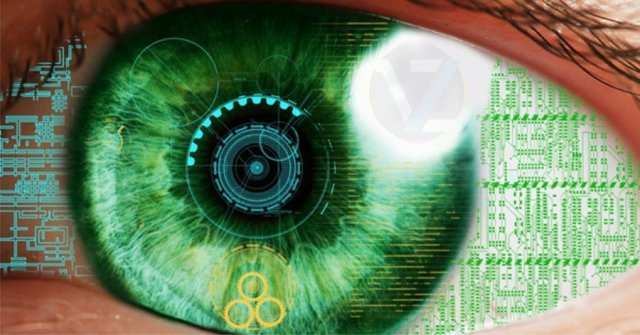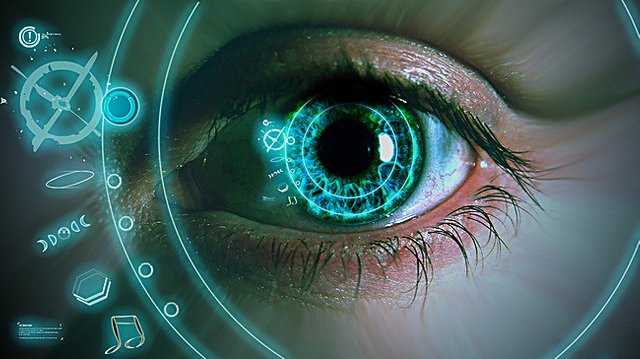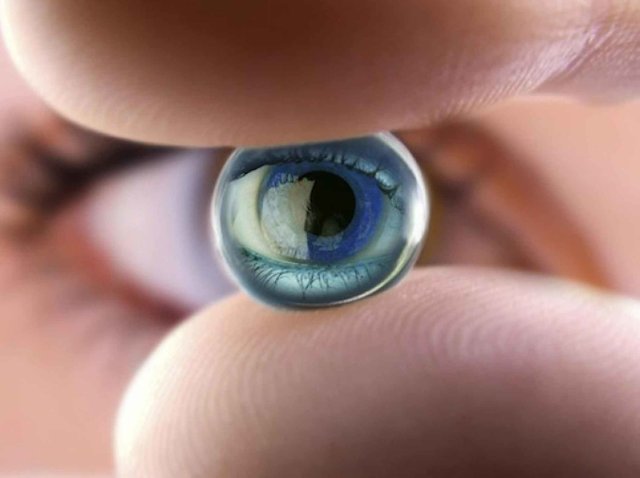Bionic eye

Most developments that use bionic vision are based on the use of much of the human visual system existing in the patient, because without it, to this day it is impossible to restore sight. But this could be left behind in the coming months, thanks to a new bionic eye development that does not require much of this visual system.

A new system developed by Monash University in Clayton, Victoria, Australia, uses a system of glasses, which can also be lenses in case the patient still has an eyeball, with an integrated camera that connects directly to the brain. to perceive images.
Eyes that are not eyes but offer vision
Arthur Lowery, head of the project, explained that this system consists of 11 small plates, each equipped with 43 electrodes, where each is implanted in the areas of the brain that are responsible for vision. By stimulating each of these areas, the person is able to see small flashes of light, the idea is that with each electrode a point of light is created, something similar to a pixel in an image, with which you can obtain images of almost 500 pixels of direct resolution in the brain. These 500 pixels are enough to create a simple image, and of course they do not compare with the more than two million pixels that the human eye is capable of capturing.
The images are captured by a digital camera and are sent to a pocket processor, which is connected to the plates. Both the camera and the processor can be a separate device, or they can be installed in glasses, which is the main idea, while the idea of assembling them in contact lenses is still a prototype at a very early stage of development.

This system can only be used by people who previously had the ability to see, but who lost vision in an accident or illness, since seeing under a resolution of 500 pixels, is not recommended for people who have never seen in his life, because here there is no antecedent between images and concepts.
But without a doubt, the most important advance of this development is that it does not require a human visual system, so the patient can access it without having to wait for a donor, everything will be simple and without complicated surgeries. In 2016 the first volunteers will start testing this system in Australia, where researchers mention that these patients will wake up with a sense of "raw vision", as if they were watching the first television of 1925. One of the great advantages of this type of development , is that it can be updated, since researchers are already working on a higher resolution system that can be implemented later on the first volunteers.

@villamiza3, I gave you a vote!
If you follow me, I will also follow you in return!